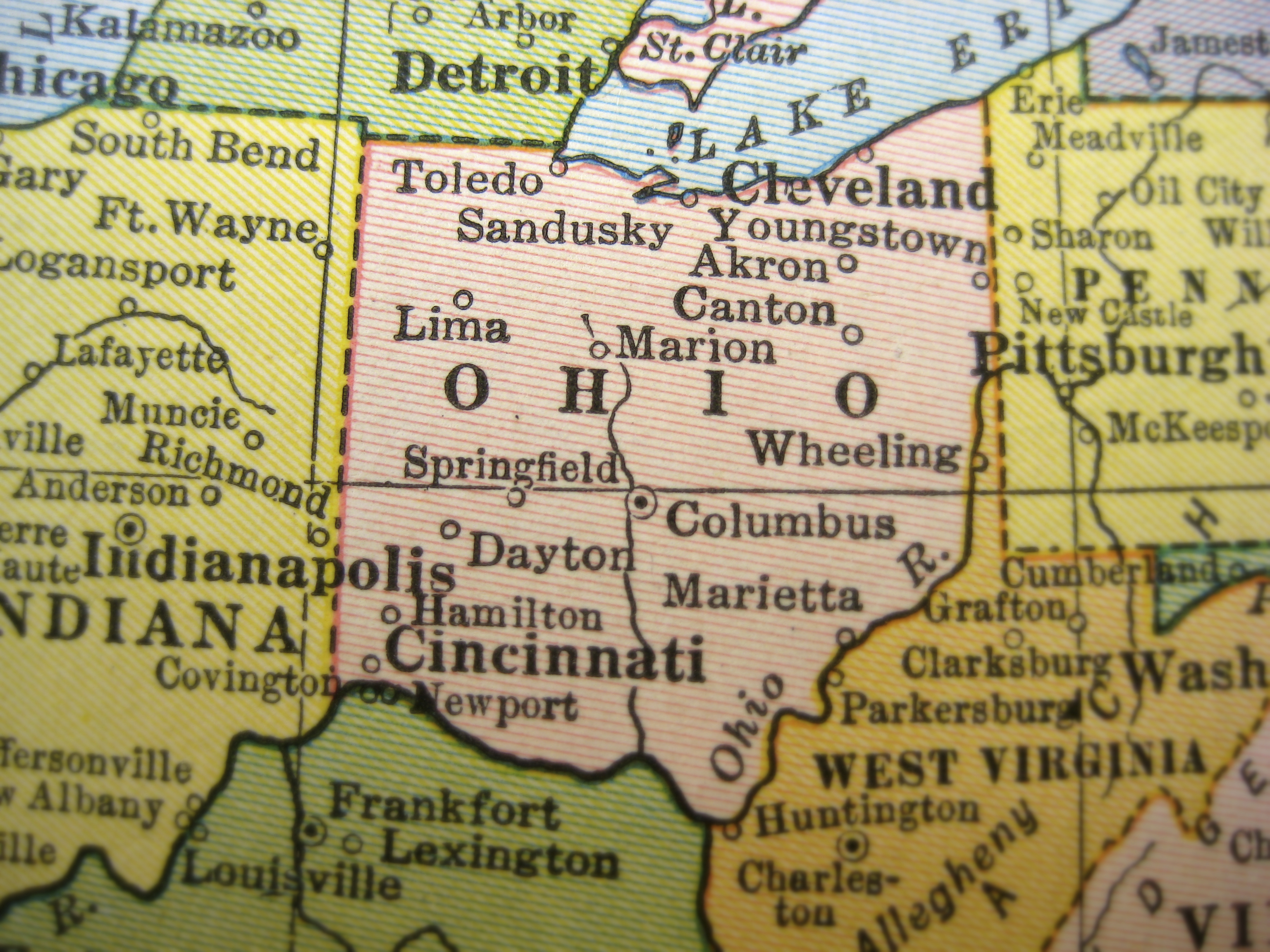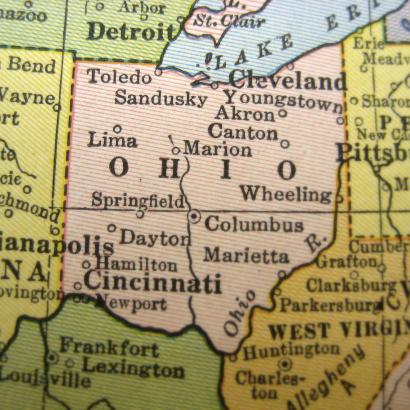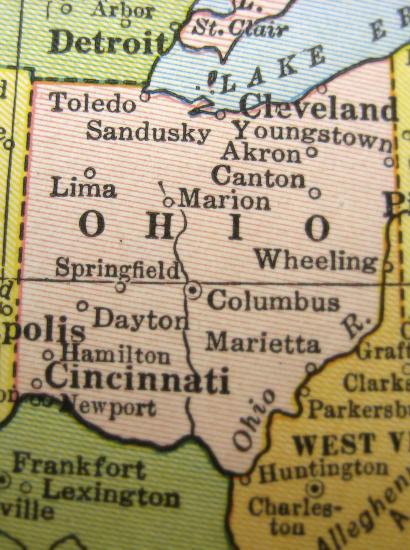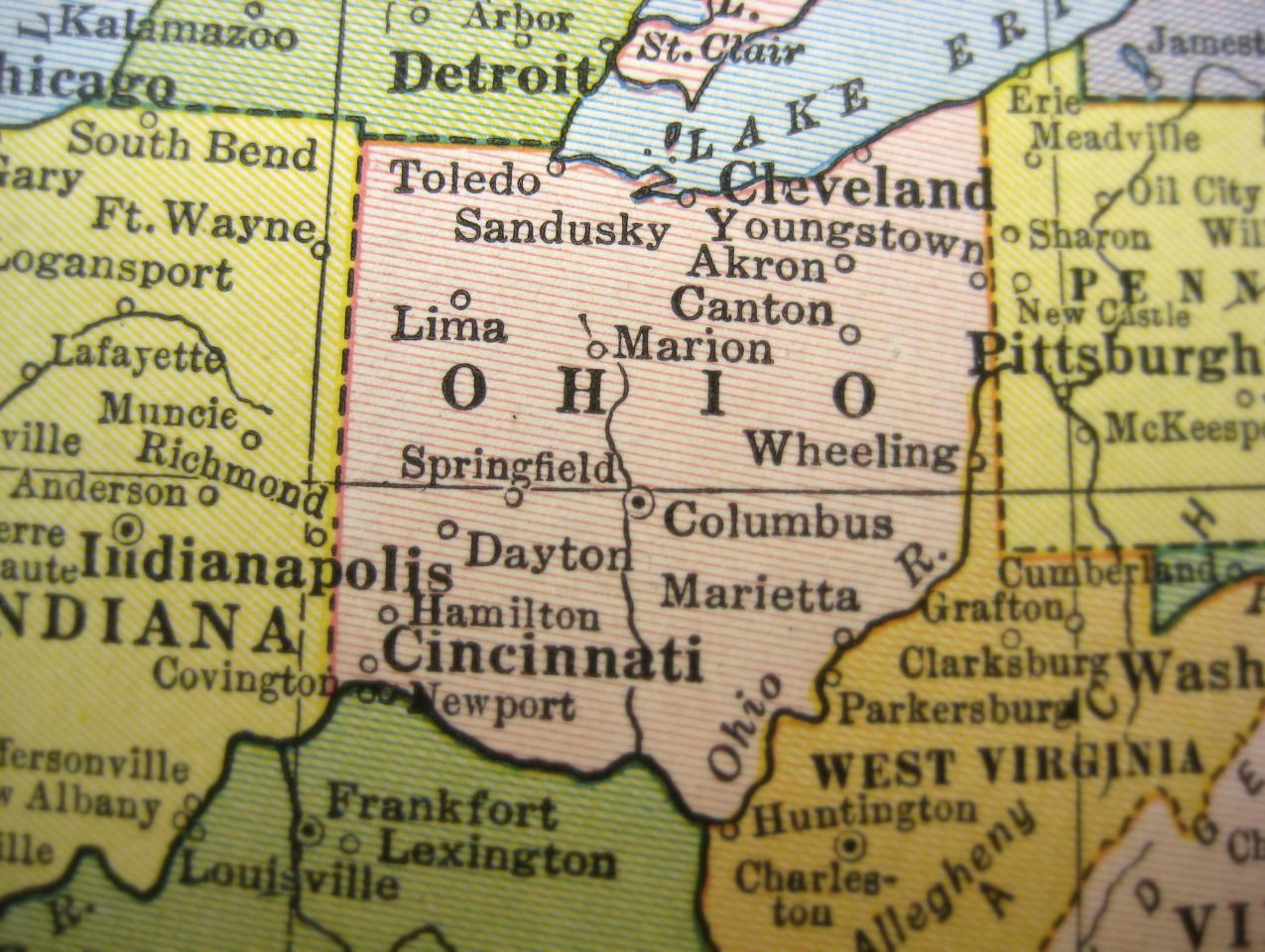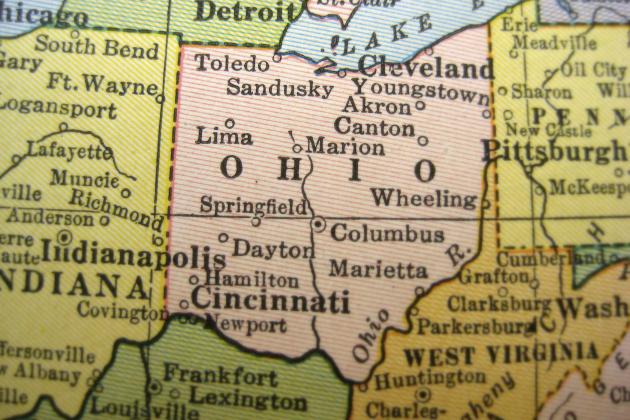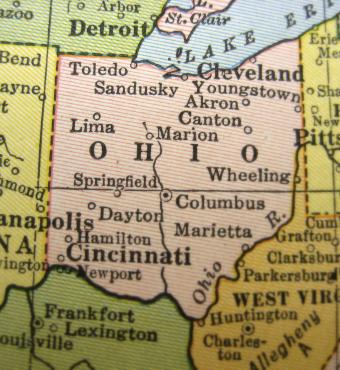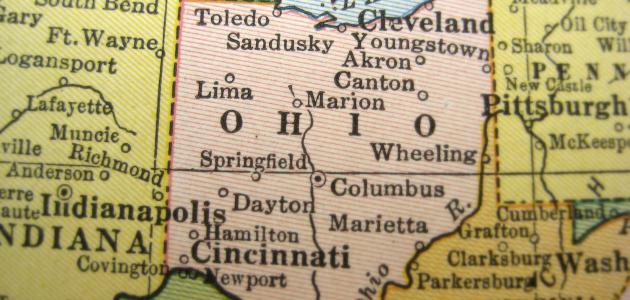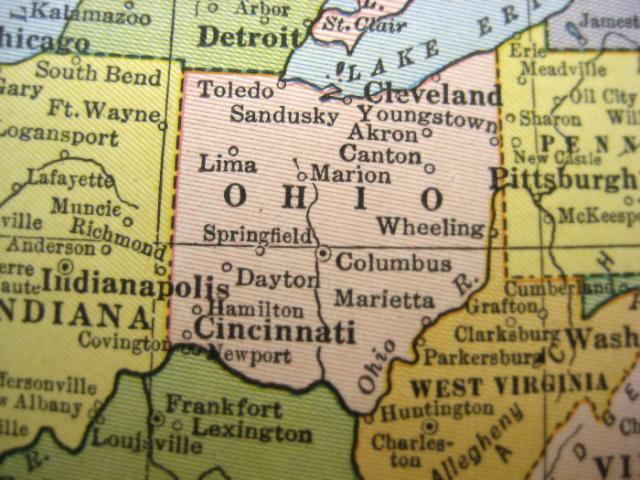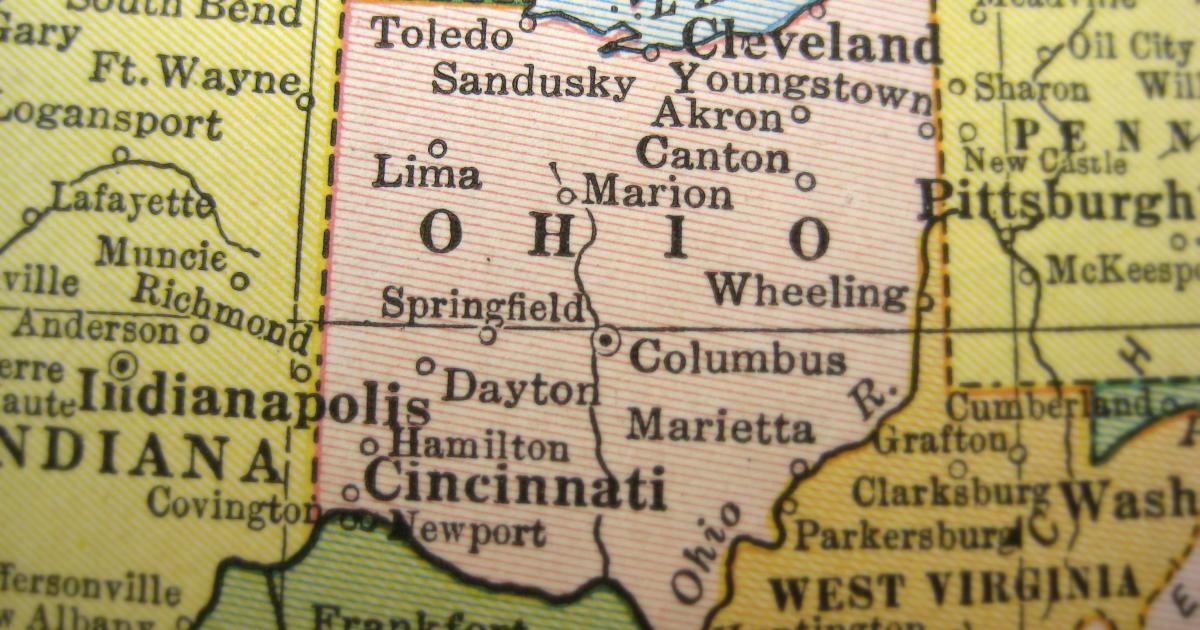- Law & Policy
- Regulation & Property Rights
ABSTRACT:
Patenting is generally procyclical, so it is not surprising that patenting rates fell in the U.S. during the Great Depression. Behind the aggregate numbers, however, the patterns are intriguing. This study is motivated by the observation that the decline in patenting was steeper in the Midwestern manufacturing belt than it was in the Middle Atlantic. We hypothesize that this reflects a difference in the organization of production and invention in the two regions. The new industrial centers in the Midwest were characterized by smaller, younger firms in new “high-tech” industries while the Middle Atlantic was home to the nation’s largest enterprises. It is well known that large firms increased their investments in R&D during the Great Depression, but much less is known about the fate and strategies of startups and their entrepreneurs during this period. We have collected an enormous amount of data on patents, inventors, and firms for one Midwestern center of innovation, the region in and around Cleveland, Ohio, before and during the Great Depression. To our surprise, we have found that inventors who were active in the 1920s continued to patent at rates that are statistically indistinguishable from those of inventors from the same region earlier in the century. That inventors maintained their commitment to patenting under such severe macroeconomic conditions is evidence of the importance of this form of intellectual property to them. We have collected biographical information for a large sample of inventors to gain a deeper understanding of the motives and strategies that sustained their patenting activity. That they were able to maintain their commitment to patenting also suggests that the aggregate decline in patenting came from a decrease in the flow of new inventors into patenting. In order to examine this possibility, we have collected patenting and biographical data for graduates of the Case School of Applied Science during the 1920s and 1930s. Preliminary analysis suggests that there was no fall-off in the likelihood of patenting among later Case graduates. There was, however, an increase in the number of graduates who left the region. Our current hypothesis is that the relatively higher patenting rates in the Middle Atlantic were sustained by a flow of inventors into the region.
Read the paper: Patenting in an Entrepreneurial Region during the Great Depression: The Case of Cleveland, Ohio






